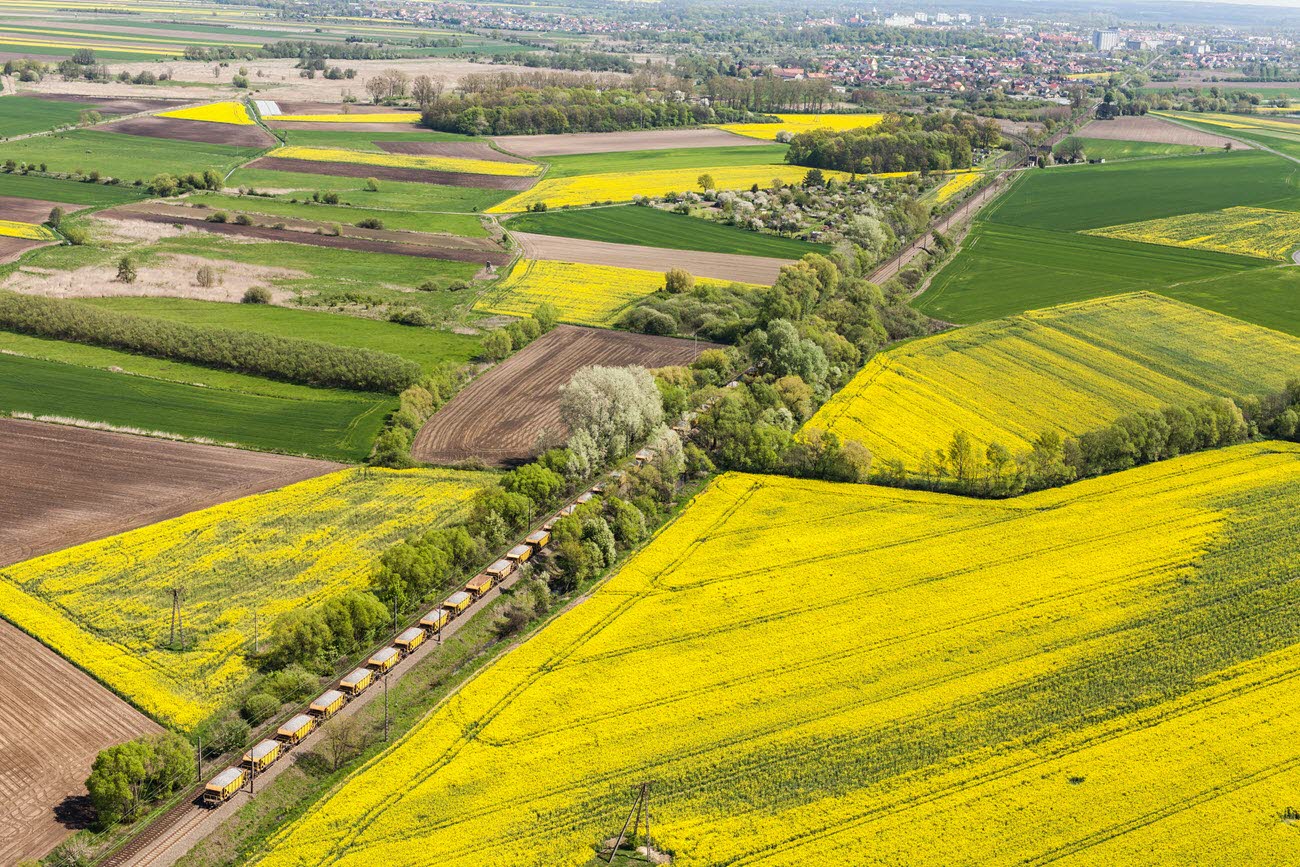Incomes and Poverty Higher in Urban Areas
Households in rural areas have lower incomes than those in urban areas but they are less likely to live in poverty than their urban counterparts.
According to the 2015 American Community Survey, median household income for rural households was $52,386, about 4 percent lower than the median for urban households.
But the percentage of people living below the official poverty threshold was 13.3 percent, almost three points lower than the 16 percent in urban areas. Also, income inequality, as measured by the Gini index, was lower for rural households than urban households. The Gini Index measures income inequality. The index varies from 0 to 1, with a 0 indicating perfect equality, where there is a proportional distribution of income. A Gini index of 1 indicates perfect inequality, where one household has all the income.
The story is more complex for specific demographic groups, regions and states.
Median incomes in rural areas of the Northeast and Midwest ($62,291 and $55,704 respectively) were higher than in the regions’ urban areas ($60,655 and $51,266).. On the other hand, median incomes for urban households in the South and West ($50,989 and $58,541) were higher than in rural areas ($46,891 and $56,061).
But across all four regions, poverty rates were consistently lower for rural residents. The largest difference were in the Midwest and Northeast.
Among all states, only seven states had higher poverty rates in rural areas. In one state, North Dakota, poverty were the same and in 42, urban households had higher poverty rates.
Median household income was higher for rural households in 32 states. In Rhode Island, for example, median rural household income was $85,278, about 57 percent higher than the median for urban households ($54,324). In 14 states, the opposite was true. In Minnesota, Delaware, Florida and West Virginia, incomes were the same in and out of rural areas.
Related Statistics
Subscribe
Our email newsletter is sent out on the day we publish a story. Get an alert directly in your inbox to read, share and blog about our newest stories.
Contact our Public Information Office for media inquiries or interviews.
-
PopulationWhat is Rural America?August 09, 2017In general, rural areas are sparsely populated and have low housing density.
-
Business and EconomyRural Economy Extends Beyond the FarmAugust 09, 2017Farming jobs are on the decline but manufacturing, retail and education are on the rise.
-
HousingHomeownership Higher in Rural AreasSeptember 27, 2017The American dream of home ownership is achieved more by rural than urban residents.
-
Business and EconomyEconomic Census Geographic Area Statistics Data Now AvailableApril 07, 2025A new data visualization based on the 2022 Economic Census shows the changing business landscape of 19 economic sectors across the United States.
-
Income and PovertyWhat Sources of Income Do People Rely On?April 02, 2025A new interactive data tool shows income sources for hundreds of demographic and economic characteristic combinations.
-
Business and EconomyBig Improvements to the Annual Integrated Economic Survey (AIES)March 26, 2025The Census Bureau is making several changes and enhancements to capture 2024 economic data based on feedback from last year’s survey.
-
PopulationOnly 50 U.S. Counties Had Populations Over a Million in 2024March 17, 2025A new data visualization highlights U.S. counties between 1970 and 2024 whose populations ever surpassed a million.






